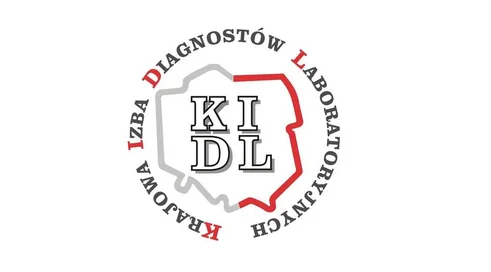Everything you need to know about irisin

Published Jan. 3, 2025 10:35

Irisin, named after Iris, the Greek goddess of the rainbow, was first described in 2012 by a research team led by Bruce Spiegelman of Harvard University. Her discovery caused a sensation in the scientific world, as it revealed the existence of a hormone that acts as a relay between muscles and other organs during exercise. The name "rainbow hormone" seems to be an apt reflection of its versatile properties - irisin connects the body's various systems, harmonizing their functions like the arc of a rainbow in the sky.
Mechanism of action of irisin: exercise adaptation hormone
Irisin is secreted as a result of skeletal muscle activation during exercise. Its main source is the fibronectin type III domain-containing protein 5 (FNDC5), which undergoes proteolytic conversion under the influence of movement, releasing irisin into our circulatory system. But how does this hormone work? Let's consider in more detail, how does it affect our body?
Browning of fatty tissue
One of the most spectacular effects of irisin is its ability to convert white adipose tissue into brown adipose tissue. White adipose tissue, which is the main store of energy, gains thermogenic properties under the influence of irisin - it begins to burn calories, generating heat. This property makes irisin seen as a potential drug in the fight against obesity and its complications.
Regulation of metabolism
Studies indicate that irisin plays a key role in improving insulin sensitivity and regulating blood glucose levels. This makes it a promising future agent in the treatment of type 2 diabetes and metabolic syndrome.
Neuroprotection and brain health
Irisin crosses the blood-brain barrier, making it a special hormone in the context of neurology. Its neuroprotective effects and ability to promote neurogenesis (the formation of new neurons) open up possibilities in the treatment of neurodegenerative diseases such as Alzheimer's and Parkinson's.
Reduction of inflammation
Irisin has an anti-inflammatory effect, which is particularly important in chronic diseases associated with excessive inflammation, such as rheumatoid arthritis, atherosclerosis and Hashimoto's disease
Irisin in the context of Hashimoto's disease: new hopes
Hashimoto's disease, which is an autoimmune thyroiditis, is associated with chronic inflammation and a kind of metabolic fatigue. A 2024 study found that irisin levels in Hashimoto's patients are lower than in healthy individuals, suggesting its potential role in the disease. Interestingly, the introduction of regular physical activity, which stimulates irisin production, may support the treatment of Hashimoto's disease, reducing inflammation and improving patients' well-being. So it looks like we can treat Hashimoto's disease to some extent through regular physical activity. Our parents always told us - movement is health, it's worth taking it to heart.
Therapeutic applications: what does the future hold?
Current research on irinotecan opens up many therapeutic possibilities. Here are the most promising directions:
Treatment of obesity and diabetes
Preliminary studies indicate that irinotecan could become one of the main tools for treating the metabolic diseases that afflict us. Its ability to induce fat browning and regulate glucose levels raises hopes for the development of drug therapies that target the underlying pathophysiological mechanisms of these conditions. So are we about to see a breakthrough in medicine?
Neuroprotection
Irisin is also the subject of intense research in the context of neurodegenerative diseases. Its potential to protect neurons from damage and promote brain regeneration makes it a key component in the treatment of conditions such as Alzheimer's disease.
Cardioprotection
Regular physical activity reduces the risk of cardiovascular disease, and irisin appears to be one of the key mediators of this effect. Its anti-inflammatory and fat metabolism-enhancing effects contribute to cardiovascular protection. So here, too, we see that movement really does mean health.














